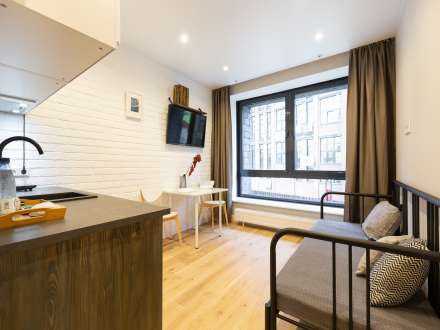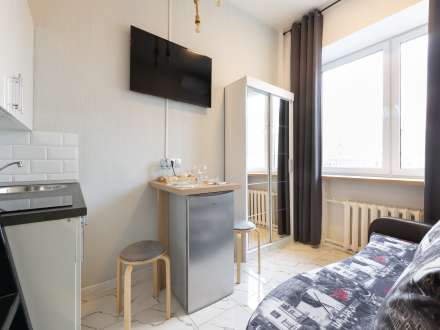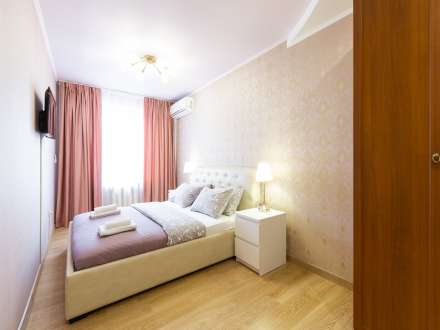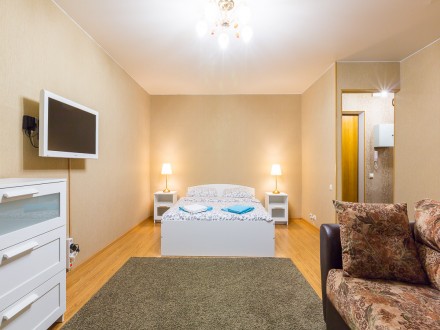Mozhaisk Kremlin
The ancient city of Mozhaisk was erected from a small fortification of the 12th century on a hill, from the height of which a bewitching landscape opens up. Today, only a part of the urban development has been preserved. Initially, the architects created a settlement in the likeness of the Moscow Kitay-gorod, and its buildings were wooden.
The Mozhaisk Kremlin is recognized as the main attraction of the city of Mozhaisk. The place for the construction of the defensive Kremlin was not chosen by chance: it was impossible to conquer a fortress on a hill. The rivers Mzhut and Mozhaika were not allowed to approach it. The Kremlin had several majestic towers, which have not survived to this day, and imposing stone walls. It was set on fire and destroyed more than once thanks to the rulers of other states: Prince Olgerd of Lithuania, Khan Duden and Tokhtamysh.
Earth ramparts of the ruined fortress have survived to this day, protecting the city from raids for several centuries. Also preserved is a fragment of the Nikolsky Gate, which is part of the Novo-Nikolsky Cathedral, the white-stone church of Peter and Paul, and a few more interesting details. Today, guests of Mozhaisk can only see the remains of a stone building. You can visit the location of the Mozhaisk Kremlin not only to see the preserved fragments of the fortress, but also to admire the picturesque panorama of the area.
The first mention of the Kremlin is easy to find in the annals of 1231. The city's sources were located on a hill, which in our time was called Cathedral Mountain. Its foot is washed by the river Mozhaika. The defensive Kremlin was a powerful structure of several buildings and towers. Gradually, the fortification was destroyed: the first time it was burned by the Tatar-Mongols in the 12th century. Five centuries later, the Kremlin was restored, but its walls were no longer made of wood, but of stone. As a result of an unprecedented fire in the 16th century, the Kremlin completely burned down.
In 1626, Ivan the Terrible issued a decree, thanks to which the Kremlin of snow-white stone was rebuilt in Mozhaisk. The building guarded the western front edge of the road leading to Moscow. The Mozhaisk Kremlin was dismantled after the Time of Troubles, as it was no longer considered a defensive structure.
On a hill rising 17 meters above the ground, where the Mozhaisk Kremlin once fascinated with its power, a lake with spring water has still been preserved. During the moments of enemy attacks and long sieges, it saved the garrison and the inhabitants of Mozhaisk from thirst. There is a holy spring on the territory of the building. It is believed that the water from it has healing properties. Above it is a small chapel.
Leaving the gates of the Kremlin, you can see the shopping malls that belonged to the merchant classes, lanes with old white stone houses, and also see the salt storage, which is being restored.








